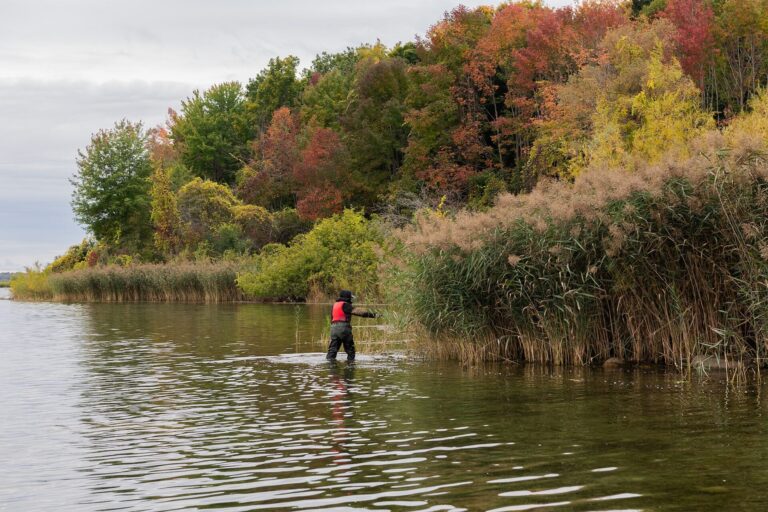The Energy Resources Conservation Board (ERCB) and Alberta Environment are calling for feedback from stakeholders on a draft directive, which proposes new requirements for the measurement, reporting, and use of water in thermal in situ oil sands operations that will save an estimated 220.5 million barrels of fresh water over the next 10 years.
The call for input is timed well to coincide with U.S. President Obama’s visit to Canada today. Just yesterday, Obama met with the CBC for an interview and discussed making Alberta’s tar sands into a clean energy source.
When implemented, Draft Directive 2009-XX: Requirements for Water Measurement, Reporting, and Use for Thermal In Situ Oil Sands Schemes will regulate thermal in situ oil sands operations in all oil sands areas. The proposed directive will require in situ operators to limit the use of fresh and brackish water resources and maximize produced water recycling, improve the measurement and reporting of all major water streams, and minimize the disposal of water to improve water and energy efficiency and reduce the risk of contamination to water resources.
“Managing our water wisely is critical,” said Rob Renner, Minister of the Environment. “Albertans expect us to ensure the environment is protected and that we are developing the oil sands responsibly. This directive is another key step in meeting those expectations.”
“I believe we have a strong regulatory presence in the oil sands. However, the growing importance of water and the water volumes needed for in situ thermal operations are becoming a significant public issue in Alberta – and across the country,” said ERCB chairman Dan McFadyen. “This draft directive provides clear and comprehensive requirements specific to thermal in situ projects which are achievable by industry using current technology.”
This draft directive represents a step towards achieving an overall provincial target of a 30 per cent improvement in water efficiency and productivity by 2015 (from a 2005 baseline), as set out in Water for Life: Alberta’s Strategy for Sustainability. The Water for Life strategy includes the development of water conservation and productivity plans and the establishment of targets for improved efficiency for all water use sectors.
To view the Draft Directive 2009-XX: Requirements for Water Measurement, Reporting, and Use for Thermal In Situ Oil Sands Schemes, visit the ERCB or Environment Alberta.









